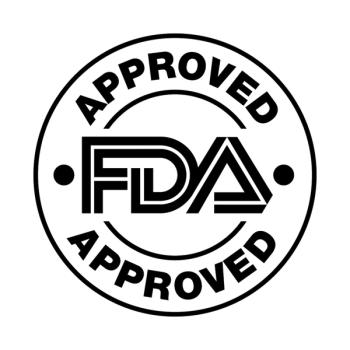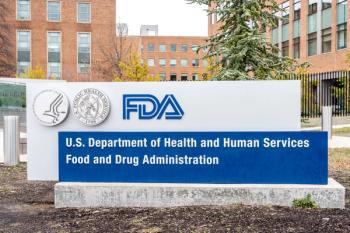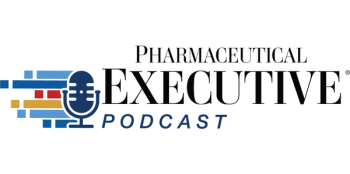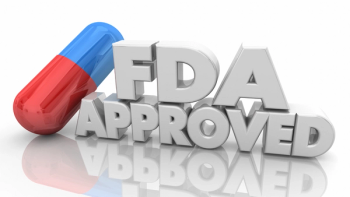
Report reveals breast cancer opportunities
A new report by New York-based Datamonitor reveals that both traditional and innovative therapy opportunities will exist for breast cancer in the near future.
A new report by New York-based Datamonitor reveals that both traditional and innovative therapy opportunities will exist for breast cancer in the near future.
According to the report, the large patient potential and high profile of breast cancer have lead to a high level of R&D investment in this disease. At present, this investment is concentrated in the cytotoxic and immunotherapy classes.
The report shows that cytotoxics, as the largest class of anticancer agents, have experienced an increase in both sales and investment over recent years; however, there is still significant potential for further development due to problems with toxicity and drug resistance. Although a quantum leap in the efficacy of these treatments is unlikely, the likelihood of moderate success is reasonable, making the class an attractive, low-risk area for investment.
Innovative therapies such as immunotherapies will generate the major developments in breast cancer therapy in the future, according to Datamonitor.
The high number of immunotherapies in development for the treatment of breast cancer is a result of the relative maturity of the class compared with other novel classes such as gene therapies and anti-angiogenesis agents. While these two classes show great potential in terms of side effect profile, they are as yet unproven, and there are few drugs in the current pipeline, signifying less investment in this area.
Overlooked technologies
Because efficacy and side effects are still areas of high unmet need, a significant proportion of the drugs currently in development for breast cancer continue the trend of intravenous administration, overlooking the potentially beneficial area of drug delivery, claims Datamonitor.
Due to the high level of interest in the breast cancer market, however, the report found that it will become increasingly difficult for manufacturers to differentiate products from those already available. This fact, along with the other advantages of reformulation, means that intravenous administration is likely to become less popular among both new and established products.
Datamonitor concluded that the development of oral formulations is expected to become more widespread, especially within the cytotoxics class and when drugs are developed for the prophylactic indication, for which patients will not accept continual injections.
"New products are still being developed to compete with current breast cancer therapies, and while the unmet needs and market potential in these areas remain high, progression into the next phase of the fight against this disease will be slow," said Datamonitor Analyst Lee Marshall. "Until the new advances in treatment begin to have a bigger impact on the product pipeline, the battle has only just begun." PR
Newsletter
Lead with insight with the Pharmaceutical Executive newsletter, featuring strategic analysis, leadership trends, and market intelligence for biopharma decision-makers.





